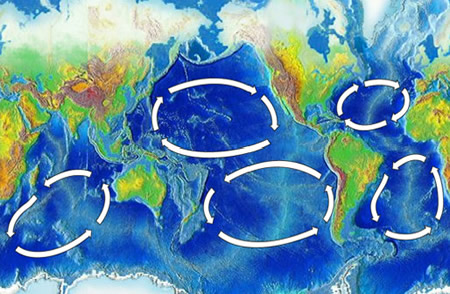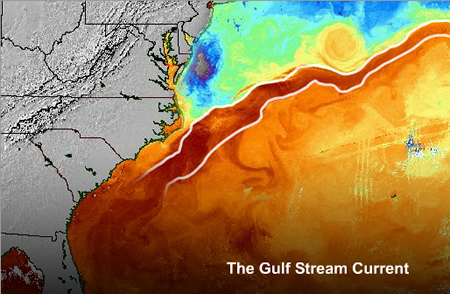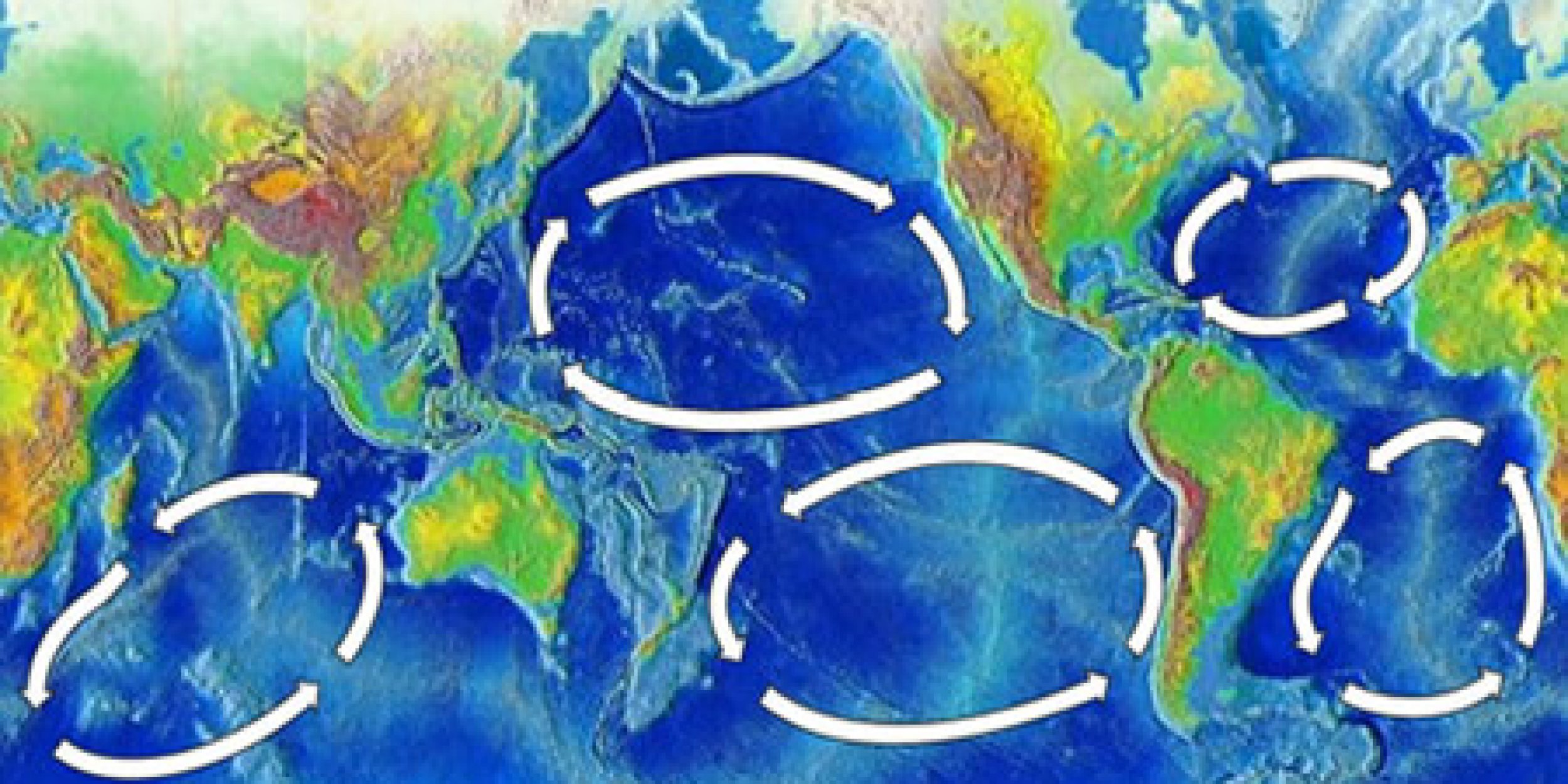

CPO-funded research analyzing the implications of ocean mesoscale eddies and the atmosphere for western boundary currents was published in Nature.
Current climate models underestimate western boundary currents despite the considerable amounts of heat they transport into the poles. Supported in part by the Climate Variability & Predictability program, researchers show that climate models can address this problem by considering the ocean eddies’ interactions with the atmosphere.


The findings of this research may improve the way in which climate models simulate major oceanic dynamics, thus shedding light on extreme events and climate change.
Read the paper: http://dx.doi.org/10.1038/nature18640
Abstract:
Current climate models systematically underestimate the strength of oceanic fronts associated with strong western boundary currents, such as the Kuroshio and Gulf Stream Extensions, and have difficulty simulating their positions at the mid-latitude ocean’s western boundaries1. Even with an enhanced grid resolution to resolve ocean mesoscale eddies—energetic circulations with horizontal scales of about a hundred kilometres that strongly interact with the fronts and currents—the bias problem can still persist2; to improve climate models we need a better understanding of the dynamics governing these oceanic frontal regimes. Yet prevailing theories about the western boundary fronts are based on ocean internal dynamics without taking into consideration the intense air–sea feedbacks in these oceanic frontal regions. Here, by focusing on the Kuroshio Extension Jet east of Japan as the direct continuation of the Kuroshio, we show that feedback between ocean mesoscale eddies and the atmosphere (OME-A) is fundamental to the dynamics and control of these energetic currents. Suppressing OME-A feedback in eddy-resolving coupled climate model simulations results in a 20–40 per cent weakening in the Kuroshio Extension Jet. This is because OME-A feedback dominates eddy potential energy destruction, which dissipates more than 70 per cent of the eddy potential energy extracted from the Kuroshio Extension Jet. The absence of OME-A feedback inevitably leads to a reduction in eddy potential energy production in order to balance the energy budget, which results in a weakened mean current. The finding has important implications for improving climate models’ representation of major oceanic fronts, which are essential components in the simulation and prediction of extratropical storms and other extreme events3, 4, 5, 6, as well as in the projection of the effect on these events of climate change.










